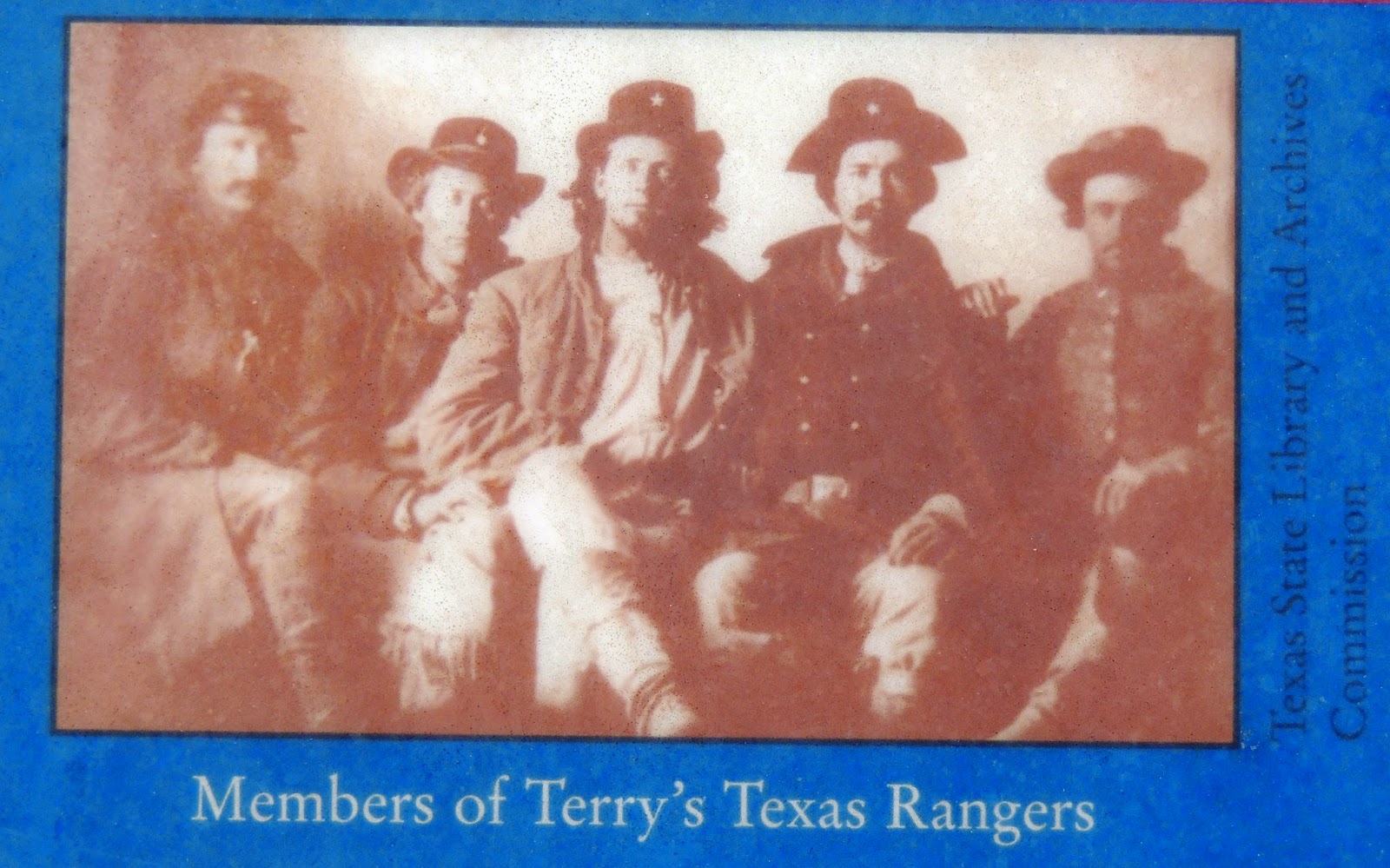I've already told Granpa that I don't want to go home through Atlanta again. I don't know how to go around it, but I don't want to go
through downtown Atlanta again. And, as a matter of fact, the drive from Atlanta to Tyler on Interstate 20 is about as boring as it can get. It is solid pine trees on both sides of the road - no fields, no pastures, no barns or houses, not even shopping centers. Just trees.
So Granpa decides on a totally different route. First we go west from the Raleigh-Durham area of North Carolina, and then
north before heading down the Blue Ridge Parkway. So that's what we do: We go west through Greensboro and turn north at Winston-Salem. From there it's only about 60 miles to the Blue Ridge. We rise up and head south.
Absolutely beautiful. I love it!
I've done blog posts on the Blue Ridge Parkway before - about fifteen of them! Open any post and you should find a search feature. Type in "Blue Ridge," and a list of every post that mentions that phrase will pop up for you to choose from.

We scurry on down the Parkway and into Tennessee. It's always nice to be welcomed!
Skirting the Great Smoky Mountains National Park to the west, we somehow ended up at the birthplace of David Crockett! I'm likin' it!! We're born and bred Texans - and we have David Crockett and men like him in the Alamo to thank for that. This is a gotta stop location!
Near Limestone, Tennessee on the Nolichucky River ol' David (he absolutely HATED being called "Davy,") was born the fifth of nine children to Rebecca and John Crockett on August 17, 1786. Here's a fun fact - Daniel Boone was 52 years old when David was born! They were contemporaries! And Boone lived until 1820, so I would bet that, during that thirty-four contemporaneous years, they crossed paths. Ooowee! I would have liked to have been there when THAT happened - if it ever did.
When David was ten, his dad opened a tavern. One meets a lot of folks living and hanging around a tavern - which may explain David's people-skills. At one point his dad enrolled him in school - which lasted a whoppin' four days. Seems David got into a lil' school-ground fight and, believing he'd be in a ton of trouble at home, he sets out on his own - for
three years - working as a wagoner and a day-laborer. When he
did return home at the ripe old age of sixteen, his family didn't recognize him as he had grown so much! Just like the prodigal son of the Bible, all was forgiven, and in appreciation for that, David dedicated himself to working for a year to help pay off all of his father's debts (a total of $76),
and he went back to school for six months. Good man!

He married, had children, his wife died, he remarried and had more children. He served in the military during the Creek Indian War under Andrew Jackson (whom he grew to despise). Looking for a homestead down in Alabama he nearly died of malaria, and a few years later nearly died when his company boats carrying barrel-staves wrecked in the Mississippi River. He served as a Justice of the Peace and as a town commissioner, was elected a General in the militia, became a state representative, and finally won a seat in Congress. (Granpa and I have actually SAT in his desk on the floor of the House of Representatives!)
Plays were written about his bear killing and sharp-shooting expertise, books were written, stories embellished for political purposes, until he became a living legend. Things were getting out of hand so, ultimately, David did write one book himself just to set the record straight. (I've read it; 'tis a pretty good read!)
Upon losing his bid for a third term in Congress, Crockett along with friends William Patton, Abner Burgin and Lindsey Tinkle headed southwest for Texas planning "to explore the Texes well" before returning to Tennessee. It wasn't his intention to go fight for Texas independence from Mexico, but Texas changed his mind. (Texas can do that to a fella!)
It was in Memphis, Tennessee that they had a goodbye drinking party at the Union Hotel and Crockett uttered his wonderful, unforgettable, "
"Since you have chosen to elect a man with a timber toe to succeed me, you may all go to hell and I will go to Texas."
The rest of the story most of you know - or at least the movie version of it.
Now we think we'll mosey on down to Gatlinburg!




.JPG)















































